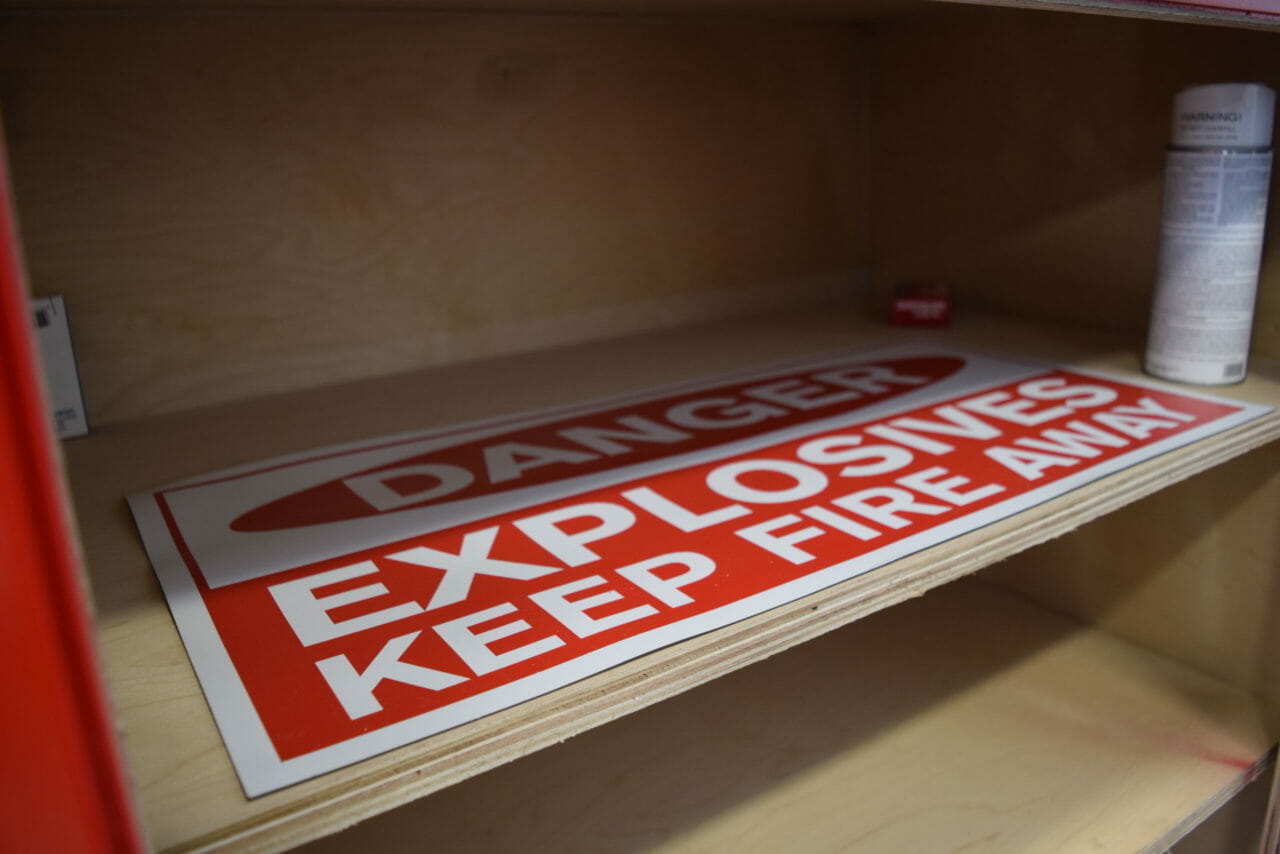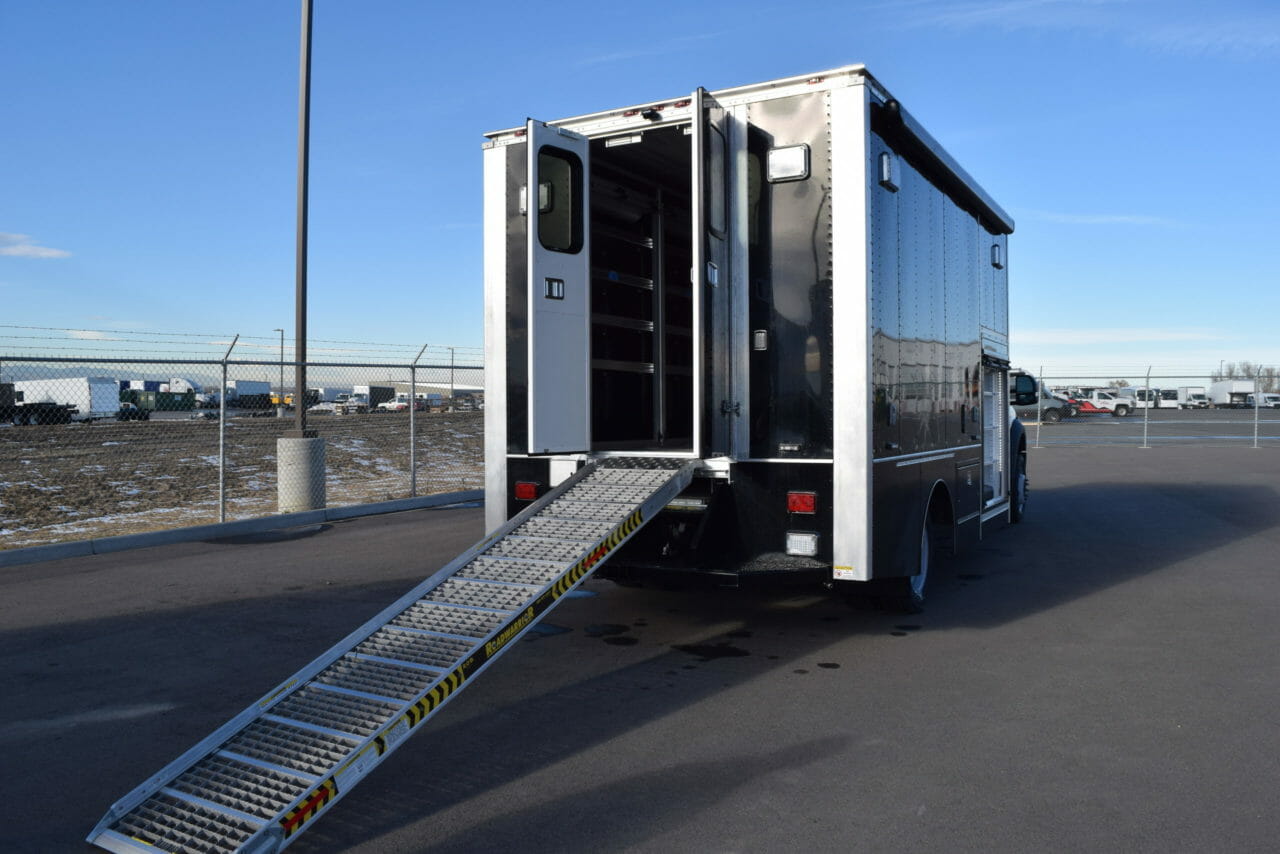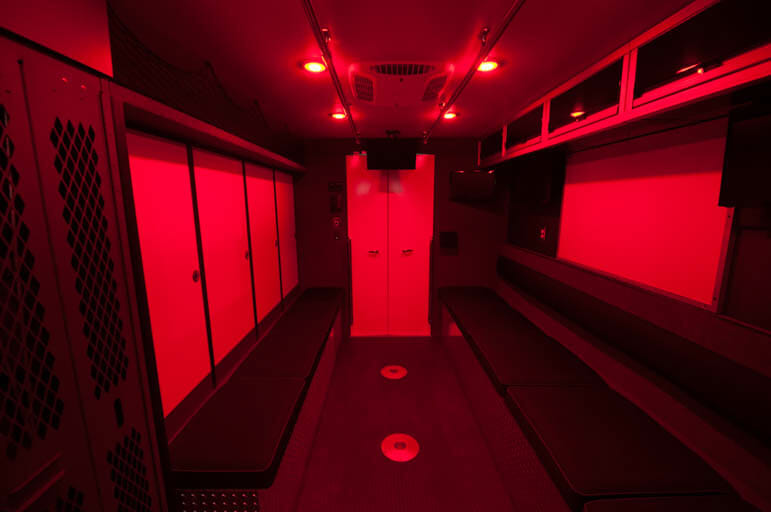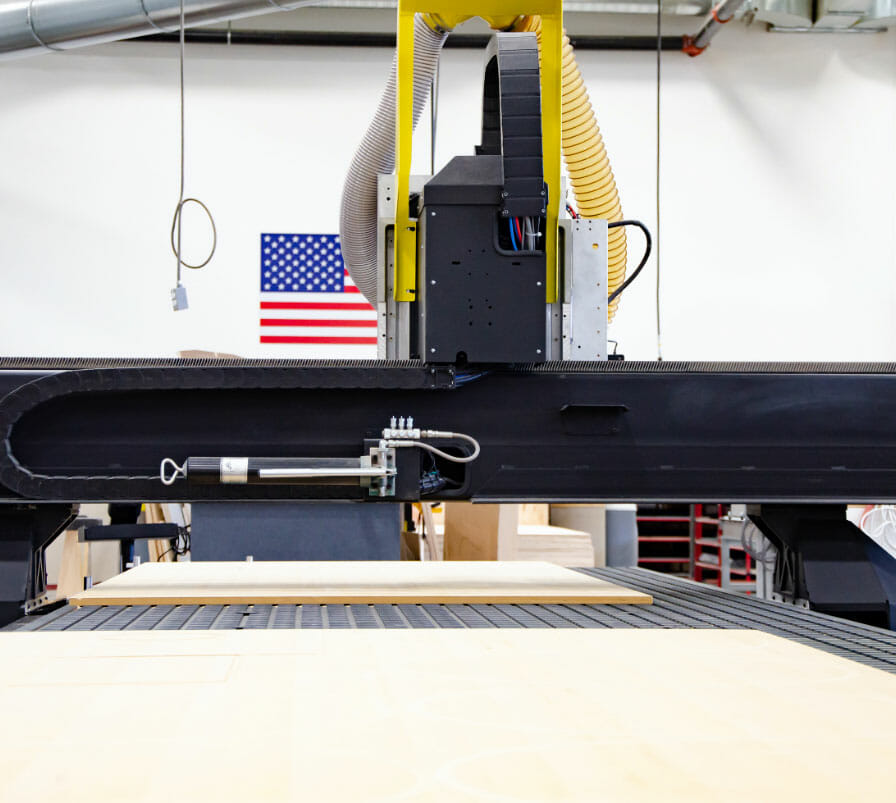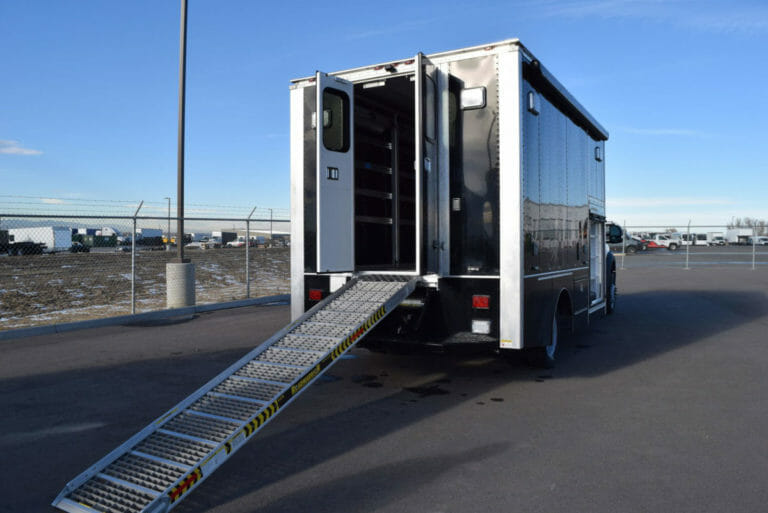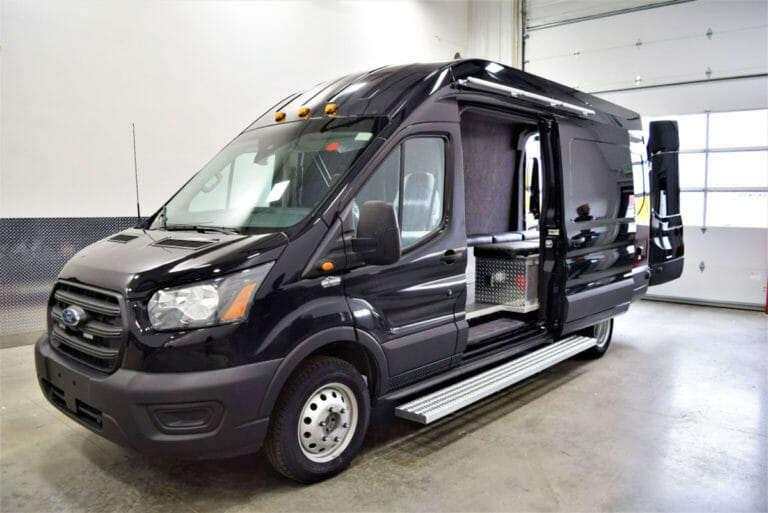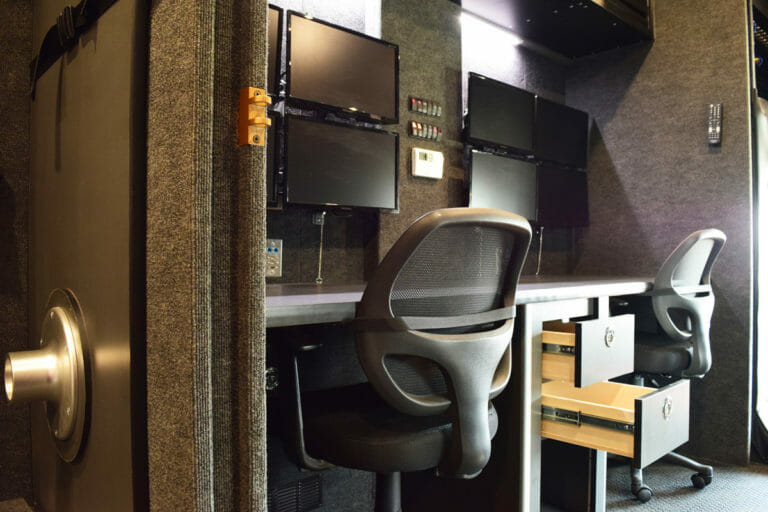What is an EOD vehicle?
An explosive ordnance disposal (EOD) vehicle has a variety of purposes. It may be used for such purposes as bomb defusal by the military or emergency response by a hospital. The vehicles are operated by specialized EOD officers who dispose of bombs and other hazardous explosive devices. These officers may work with the military, law enforcement, police departments, bomb squads, fire departments, or emergency response agencies.
Because of the high-risk nature of the EOD field, these vehicles are often equipped with generators, extra storage space, lightweight operable robot ramps, command workstations, dispatch capabilities, awnings, communication services, portable lighting, bomb defusal equipment, and more. Many vehicles are outfitted with armor and are wired to allow for night vision cameras, ECM devices, and other necessary equipment.
Are EOD vehicles armored?
Yes, explosive ordnance disposal (known as EOD) vehicles can be armored. This is necessary because EOD teams work in extremely high-risk environments. Teams in the EOD field are trained, equipped, and deployed by the army. They specialize in bomb defusal, and EOD vehicles are designed to provide protection from roadside bombs, grenades, small arms fire, and other threats.
Unlike other specialty vehicles, EOD vehicles are rarely inconspicuous, although in some cases they may be left unmarked to fly below the radar. They may range anywhere from 12 feet to 29 feet, and they can either be walk-in or non-walk-in vehicles. A part of quick response teams or bomb disposal units, bomb disposal, and EOD vehicles are often used by police departments and fire departments.
How do bomb/EOD vehicles accommodate robots?
Bomb / EOD vehicles come with special features to store and accommodate robots. Many of them have extra storage compartments in the rear where the robots can be stored. They also contain special, lightweight loading ramps on either the side of the vehicle or the back of the vehicle. Once the robot has been deployed, bomb technicians will control the robot using technology inside the vehicle.
EOD robots are designed to disarm bombs, and they are used for obvious reasons: to keep humans safe. Bomb / EOD vehicles are the ideal way to transport the robots, as they can be designed with special extensions and custom slide-outs to allow the robots to be retrieved swiftly in a moment of crisis.
How do bomb disposal vehicles work?
Bomb disposal vehicles are an important tool in public safety. Known also as explosive ordnance disposal (EOD) or improvised explosive device disposal (IEDD) vehicles, they are outfitted with specialized equipment that will allow teams of professionals to defuse a bomb while offering maximum protection.
The inside of a bomb disposal vehicle is custom-made to allow easy access to equipment. Often, these vehicles contain robots that are remotely operated and used to deactivate bombs. They may also include storage space for protective equipment such as bomb suits and hazardous material response equipment. Many bomb disposal vehicles are wired to include searching devices, x-ray equipment, scanners, disruptors, and more. Many vehicles are custom-made to fit the needs of specific departments.
How big are bomb/EOD vehicles?
Like most specialty vehicles, bomb / EOD vehicles can vary greatly in size. They may run as small as 12 feet or as large as 29 feet long. Larger vehicles will often contain a walk-in cab with enough space for specialized equipment such as computers, robots, and protective equipment. Smaller vehicles are often used by highway patrols or sheriff’s offices, and they may either be branded or left un-branded to avoid detection.
While most bomb / EOD vehicles are built on top of a chassis, some operate as van or even trailer conversions. The vehicles are used by many different law enforcement and public safety departments, and no two needs are the same. It’s therefore important to find a reputable location that will be able to offer customized solutions for bomb / EOD vehicle needs.




